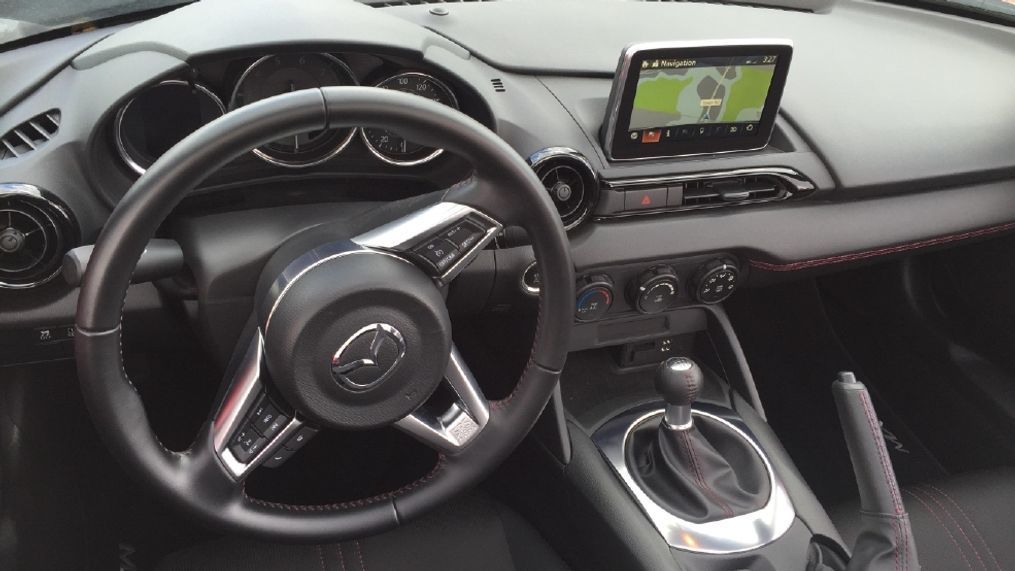Manual transmissions will survive; here's how and why

TOPICS:
manual transmissionWithin the next five years, virtually every new car in the United States will be able to bring itself to a halt on its own with no driver intervention if it detects an impending accident.
We call this "automatic emergency braking," and at first glance it might seem like it spells doom for manual transmissions since bringing one to a stop has always required drivers to engage the clutch pedal.
Automatic emergency braking is valuable, potentially life-saving tech that we at The Car Connection applaud so much that we value it highly in our latest car ratings system. But one question that has long lingered is just what automatic emergency braking means for cars with a manual transmission. Does this spell the demise of the stick shift?
We're happy to report that it doesn't—although the way a manual transmission car with automatic emergency braking behaves in an accident may surprise you.
HERE'S WHAT HAPPENS
A handful of automakers currently offer cars with a stick shift and automatic emergency braking. Among them are Mazda and BMW, two brands enthusiasts have long gravitated toward. Instead of a clutch override that prevents their engines from stalling, these cars will actually stall but still come to a stop on their own.
In Mazda's case, the safety tech is available on its Mazda 3 and Mazda 6 compact and mid-size cars with stick shifts. At a BMW dealership, you can pair a manual with automatic emergency braking on the brand's M3 and M4.
We surveyed both brands and found that their cars are capable of automatically halting without any driver intervention in certain situations. Even if the driver doesn't respond to a loud alarm, flashing lights and even rapid deceleration, the car will stop—and it will stall unless the driver manages to press in the clutch pedal.
Both brands indicated that their cars will still automatically apply the brakes with full force even if the engine itself has stalled. The only real downside here is that the driver needs to manually restart the car in order to begin moving again after (theoretically) avoiding an accident.
On the other hand, not every automaker is ready for automatic emergency braking to become essentially mainstream. Porsche, for instance, doesn't currently pair automatic emergency braking with a manual transmission on any of its models—and as any enthusiast will rabidly point out, there are few gearboxes better than those found in Stuttgart's finest sports cars.
UNOFFICIALLY REQUIRED
Every major automaker has entered into what's essentially a "gentlemen's agreement" that they'll equip their cars with automatic emergency braking by the close of 2022.
To be fair, this isn't something that's federally mandated, so there's nothing stopping an automaker from not actually equipping their entire lineup with this safety tech. Perhaps at price-sensitive levels or on special edition high-performance models, we won't see automatic emergency braking.
Although it's not yet standard on more than a handful of mainstream cars, it appears that consumers are responding positively to automatic emergency braking. Honda, for instance, has made the tech standard on most trim levels of its 2017 CR-V and 2018 Odyssey, while Toyota cast an even wider net and made the tech mandatory on almost all of its lineup. In a recent poll, only 30 percent of our readers indicated minimal interest or a complete lack of desire in automatic emergency braking.
